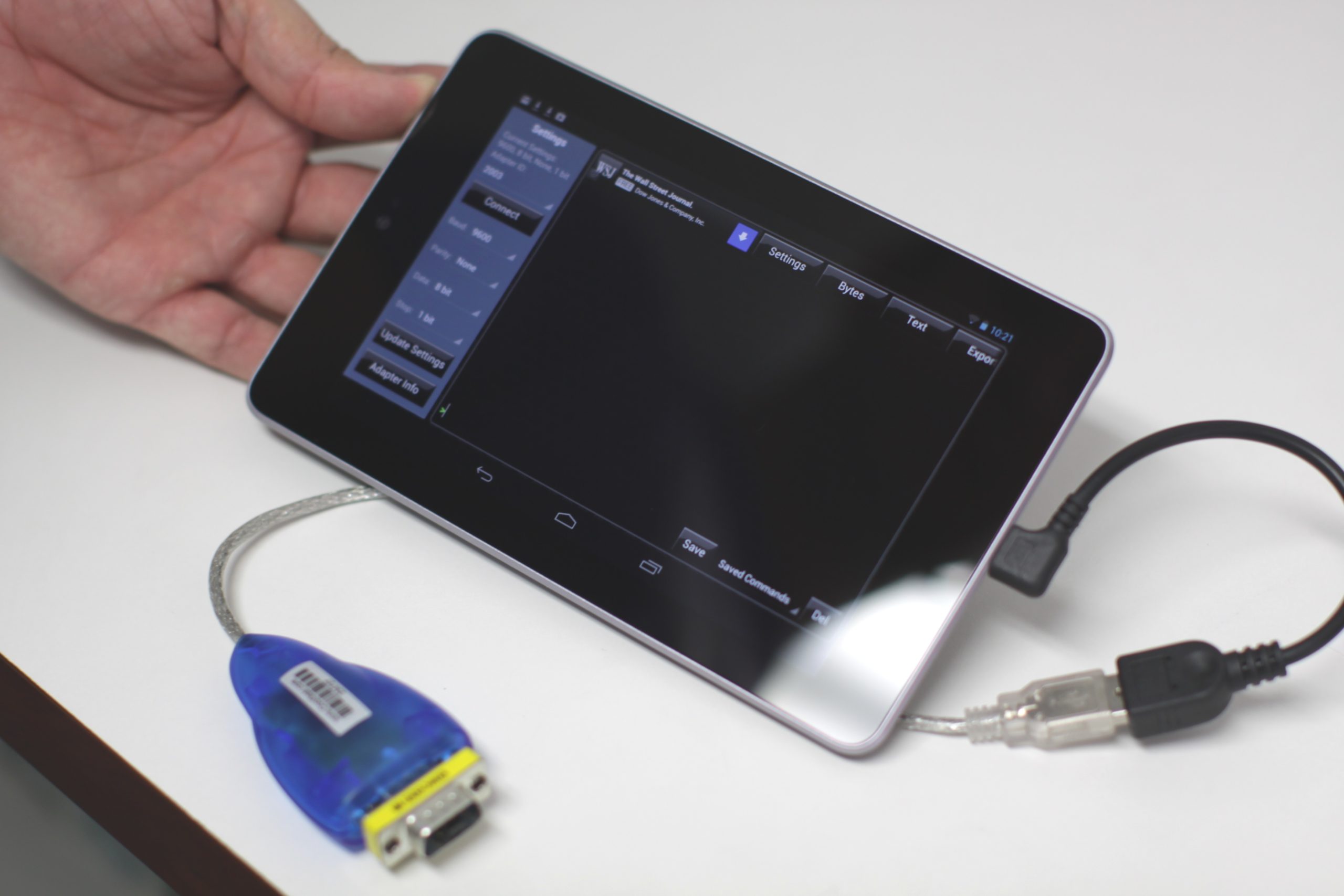
Introduction
Android tablets are designed to handle a wide range of tasks beyond media consumption. Connecting USB devices can significantly enhance their functionality, allowing you to transfer files, use keyboards and mice, and even connect game controllers. This guide will walk you through the process of connecting USB devices to your Android tablet, covering necessary steps, required accessories, and troubleshooting tips.
Common Scenarios
- Photographers: Transferring images from a camera is a common use. This is especially useful for photographers who need to review and edit photos on the go.
- Students: Accessing documents, presentations, and other educational materials becomes easier, eliminating the need for a separate computer.
- Gamers: Using USB game controllers enhances the gaming experience, adding a new level of immersion and control.
- General Users: Connecting USB devices like flash drives or keyboards allows access to external storage or more efficient typing.
Compatibility Check
USB OTG Compatibility
USB OTG (On-The-Go) allows tablets to act as hosts for USB devices like flash drives, keyboards, or mice. Without OTG support, connecting these devices won't work. To check if your tablet supports USB OTG:
- Check Packaging: Look for the OTG logo on the packaging.
- Check Manual: Refer to the device's manual for any mention of OTG support.
- Use Apps: Apps like "USB OTG Checker" from the Play Store can verify OTG support.
Required Accessories
To connect USB devices, you'll need some essential accessories:
- USB OTG Cable or Adapter: These cables have a micro-USB or USB-C connector on one end and a standard USB port on the other. Ensure you get the right type for your tablet's port.
- Power Source: Some USB devices like external hard drives need extra power. If required, connect to a power source.
Preparing Your USB Device
Power Source
Some USB devices require extra power to function correctly. For example:
- External Hard Drives: These devices need a power source to operate properly.
- Flash Drives: Most flash drives do not require additional power but ensure they are properly connected.
Connecting USB Cable
Once your USB device is ready, follow these steps:
- Plug in OTG Cable: Insert the OTG cable into your tablet's charging port.
- Attach USB Device: Insert your USB device (flash drive, keyboard, mouse) into the adapter's USB port.
- Power On: Turn on your tablet. It should recognize the connected USB device automatically.
Steps to Connect USB Devices
Check Compatibility
Ensure your Android tablet supports USB OTG (On-The-Go). If it does not, you cannot proceed with connecting USB devices.
Get an OTG Adapter
Purchase a USB OTG adapter. This small device has a USB port on one end and a micro-USB or USB-C connector on the other.
Connect the Adapter
Plug the OTG adapter into your tablet's charging port.
Attach USB Device
Insert your USB device (flash drive, keyboard, mouse) into the adapter's USB port.
Power On
Turn on your tablet. It should recognize the connected USB device automatically.
Access Files
Open the File Manager app on your tablet. Look for the USB device under "Storage" or "External Devices."
Use the Device
If it's a keyboard or mouse, start using it right away. For storage devices, browse, copy, or move files as needed.
Safely Remove
Before unplugging, go to Settings > Storage and tap "Eject" next to the USB device to safely remove it.
Disconnect
Unplug the USB device and OTG adapter from your tablet.
Tips for Using USB Devices with Your Tablet
Use an OTG Cable
Connect USB devices like flash drives, keyboards, or mice to your Android tablet using an OTG cable.
Check Compatibility
Ensure your tablet supports OTG (On-The-Go) functionality before attempting to connect any devices.
File Management Apps
Use file management apps like File Manager to access and manage files from connected USB devices.
Troubleshooting Tips
If your tablet doesn't recognize a USB device:
- Restart Tablet: Sometimes restarting the tablet can resolve connectivity issues.
- Check Connections: Ensure that all connections are secure and properly aligned.
- Use Powered USB Hub: If you're using a powered USB hub, ensure it's properly connected and powered on.
Advanced Tips
Using Multiple Devices
If you need to connect multiple USB devices simultaneously, consider using a powered USB hub. This will ensure that each device receives enough power and can function correctly.
Using USB Hubs
USB hubs can be very useful when you need to connect multiple devices at once. However, not all USB hubs are created equal. Look for hubs that are specifically designed for Android tablets and have enough power to support all connected devices.
Security Considerations
When connecting external devices to your tablet, always ensure that they are from trusted sources. Malicious devices can potentially harm your tablet or steal sensitive information.
Connecting USB devices to your Android tablet is a straightforward process that can significantly enhance its functionality. By following these steps and tips, you can turn your tablet into a powerful tool capable of handling various tasks. Whether you're a photographer, student, gamer, or general user, connecting USB devices can make your tablet more versatile and efficient. Always remember to check compatibility, use the right accessories, and follow proper safety measures to ensure a smooth and secure experience.
